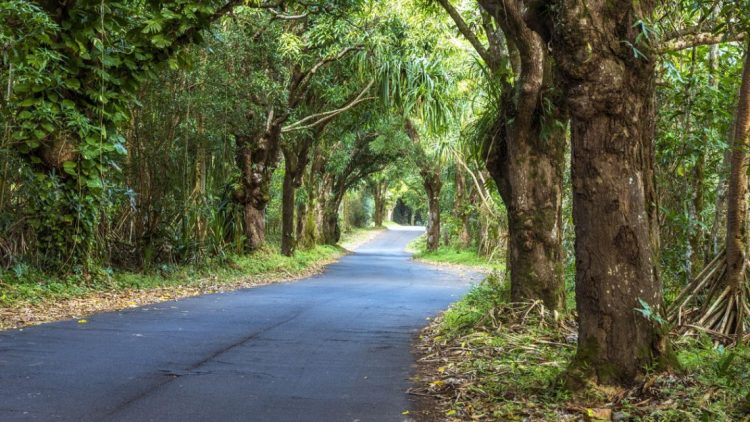Oak Tree Removal Costs 2025 Arizona
In Arizona, the cost to remove an oak tree in 2025 varies based on factors such as tree size, location, and accessibility. Here’s a breakdown of estimated costs:
🌳 Oak Tree Removal Costs in Arizona (2025)
| Tree Size | Estimated Cost Range |
|---|---|
| Small (under 30 ft) | $275 – $500 |
| Medium (30–60 ft) | $500 – $1,200 |
| Large (60–80 ft) | $1,200 – $2,000 |
| Extra-Large (80+ ft) | $2,000 – $4,500 |
Note: These estimates are general and can vary based on specific circumstances.
🧾 Factors Influencing Cost
Several factors can affect the overall cost of oak tree removal:
-
Tree Size and Height: Larger trees require more labor and equipment, increasing costs.
-
Location and Accessibility: Trees near structures or in hard-to-reach areas may incur higher removal costs.
-
Tree Condition: Diseased or dead trees might be more hazardous to remove, impacting the price.
-
Stump Removal: Removing the stump typically adds $100–$250 to the total cost.
-
Permits: Some municipalities may require permits for tree removal, especially for protected species.
✅ Recommendations
-
Obtain Multiple Quotes: Prices can vary, so it’s beneficial to get estimates from several service providers.
-
Check for Permits: Ensure you have the necessary permits if required by your local municipality.
-
Consider Tree Health: Assess whether the tree is diseased or poses a hazard, as this can affect removal urgency and cost.
If you provide your specific location and details about the oak tree (e.g., height, proximity to structures), I can assist you in finding more tailored information or service providers in your area.

